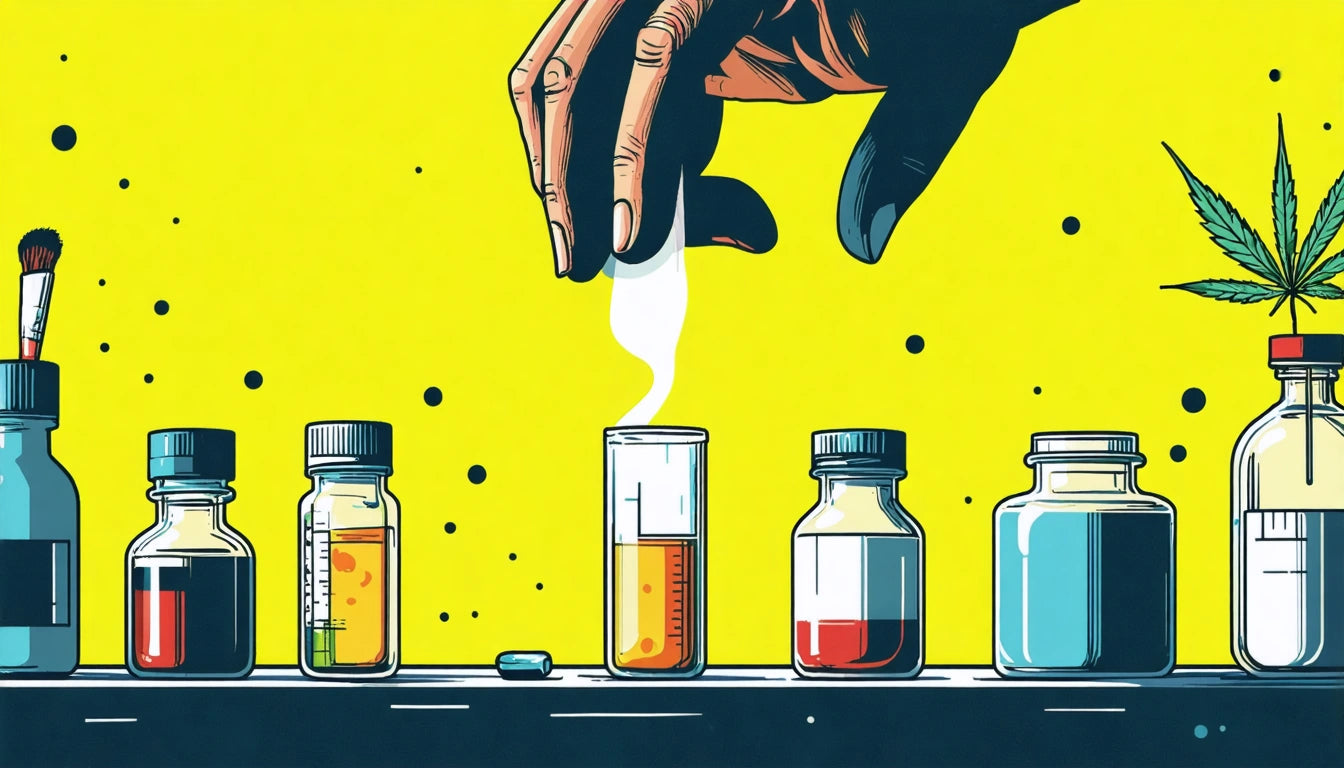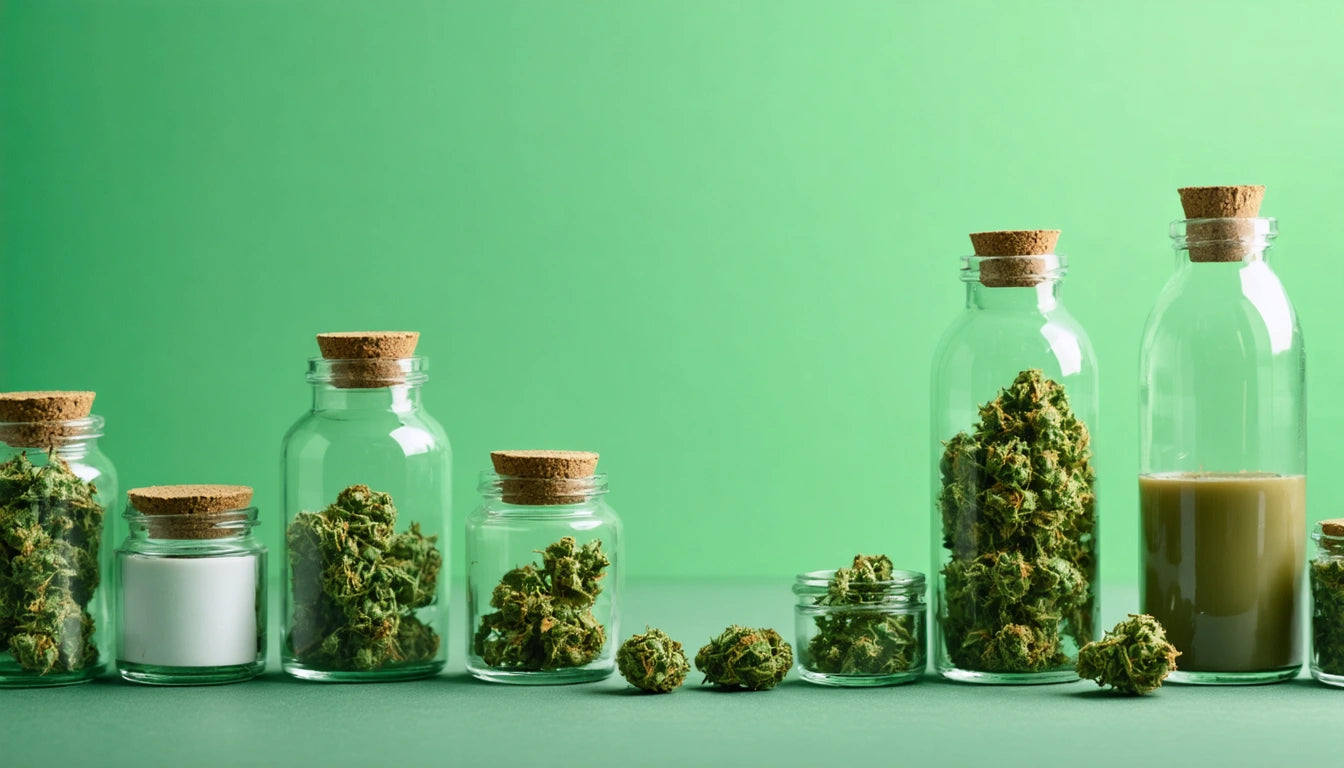Table of Contents
Can Secondhand Smoke Cause You to Fail a Drug Test?
The concern about whether you can fail a drug test from secondhand smoke is common among non-cannabis users who may be exposed to marijuana smoke in social settings. With drug testing remaining standard practice in many workplaces, understanding the real risks of passive exposure has become increasingly important.
Understanding Secondhand Cannabis Smoke
Secondhand cannabis smoke contains many of the same compounds found in directly inhaled smoke, including THC (tetrahydrocannabinol), the primary psychoactive component. However, the concentration of THC that bystanders are exposed to is significantly lower than what active smokers inhale.
When cannabis is combusted, THC is released into the air along with other cannabinoids and compounds. Non-smokers in the vicinity may inhale this smoke, potentially introducing small amounts of THC into their systems. The question becomes whether these trace amounts are sufficient to trigger a positive result on a drug test.
THC Testing Methods and Detection Thresholds
Different drug tests have varying sensitivity levels for detecting THC and its metabolites:
- Urine tests typically have a cutoff threshold of 50 ng/mL for initial screening
- Blood tests can detect active THC for up to 24-48 hours after exposure
- Hair tests may detect THC metabolites for up to 90 days
- Saliva tests generally detect recent use within the past 24 hours
Most standard drug tests are designed with threshold levels that aim to distinguish between active cannabis use and incidental exposure. According to research on secondhand smoke exposure, these thresholds are typically set high enough to prevent most cases of passive inhalation from triggering positive results.
Standard urine tests use a 50 ng/mL threshold specifically to reduce the likelihood of false positives from secondhand smoke exposure.
Research on Passive Exposure
Scientific studies on whether secondhand smoke can cause you to fail a drug test have produced important findings. In controlled studies where non-smokers were placed in rooms with active cannabis smokers, researchers found that under extreme conditions (poorly ventilated spaces with multiple smokers), non-smokers could occasionally test positive on highly sensitive tests.
However, most research indicates that casual, incidental exposure to secondhand marijuana smoke is unlikely to result in a failed drug test. The conditions required to produce a positive test from passive exposure typically involve:
- Extended exposure (several hours)
- Enclosed space with poor ventilation
- Multiple active smokers in close proximity
- Testing occurring within 24-48 hours of exposure
Even in these extreme scenarios, the detected levels are typically near the threshold limits and would quickly fall below detectable levels within a day or two.
Risk Factors for Positive Tests
Certain factors can increase the risk that secondhand smoke might lead to a positive drug test:
Environmental Conditions
The environment plays a crucial role in determining exposure levels. Small, unventilated rooms where heavy smoking occurs present the highest risk. Those who process cannabis professionally, such as individuals using commercial-grade grinding equipment for cannabis preparation, may face higher exposure levels in their work environment without proper ventilation systems.
Duration and Frequency of Exposure
Brief, one-time exposure to secondhand smoke is unlikely to cause a failed test. However, regular exposure over time could potentially lead to accumulation of THC metabolites, especially if testing occurs shortly after exposure.
Individual Metabolic Factors
Body composition, metabolism, and hydration levels can all affect how quickly THC is processed and eliminated from the body. Individuals with slower metabolisms or higher body fat percentages may retain THC metabolites longer.
Protecting Yourself from Passive Exposure
If you're concerned about failing a drug test from secondhand smoke, consider these precautionary measures:
- Avoid enclosed spaces where cannabis is being smoked
- If exposed, seek fresh air immediately
- Maintain distance from active smokers
- Be aware that ventilation significantly reduces risk
- Allow 24-48 hours between potential exposure and testing when possible
These simple steps can dramatically reduce the already low risk of testing positive due to passive exposure. As noted in this analysis of detection possibilities, proper ventilation alone can make the difference between detectable and undetectable levels.
Legal Considerations and Workplace Policies
While some states have legalized recreational or medical cannabis use, employers may still maintain drug-free workplace policies. Understanding your rights and responsibilities is crucial:
- Review your employer's drug testing policy
- Be aware of state laws regarding workplace drug testing
- Know that claiming secondhand exposure may not be accepted as a valid explanation for a positive test
- Consider disclosing potential passive exposure before testing if you have concerns
In most cases, employers are not required to accept secondhand exposure as an excuse for a positive drug test result, regardless of the circumstances.
Protecting Your Future with Informed Decisions
While research suggests that failing a drug test from casual secondhand smoke exposure is unlikely, the safest approach is to avoid situations where exposure might occur, especially before a scheduled drug test. Understanding the science behind THC testing and taking proactive measures to minimize exposure can help protect your employment status and professional reputation.
For those in environments where exposure is unavoidable, documenting these circumstances and being transparent with employers or testing facilities may help navigate potential complications. Remember that the best protection is informed decision-making based on scientific evidence rather than anecdotal claims about secondhand exposure risks.











Leave a comment
All comments are moderated before being published.
This site is protected by hCaptcha and the hCaptcha Privacy Policy and Terms of Service apply.